Grow Strawberries at Home – imagine plucking juicy, sun-ripened strawberries straight from your own garden! There’s nothing quite like the taste of homegrown berries, and you might be surprised at how easy it is to cultivate these delicious fruits yourself. Forget those bland, store-bought strawberries; with a few simple tricks and a little DIY magic, you can be enjoying a bountiful harvest in no time.
Strawberries have a rich history, dating back to ancient Rome, where they were prized for their medicinal properties. Over centuries, they’ve become a symbol of summer, love, and abundance. Today, the joy of growing your own food is experiencing a major resurgence, and for good reason! Knowing where your food comes from and nurturing it from seed to table is incredibly rewarding.
But let’s be honest, sometimes gardening can feel a little daunting. That’s where these DIY tricks come in! I’m going to share some simple, effective methods to help you grow strawberries at home, even if you have limited space or a less-than-green thumb. We’ll cover everything from choosing the right varieties to creating the perfect growing environment, ensuring you’ll be picking sweet, flavorful strawberries all season long. So, grab your gardening gloves, and let’s get started!
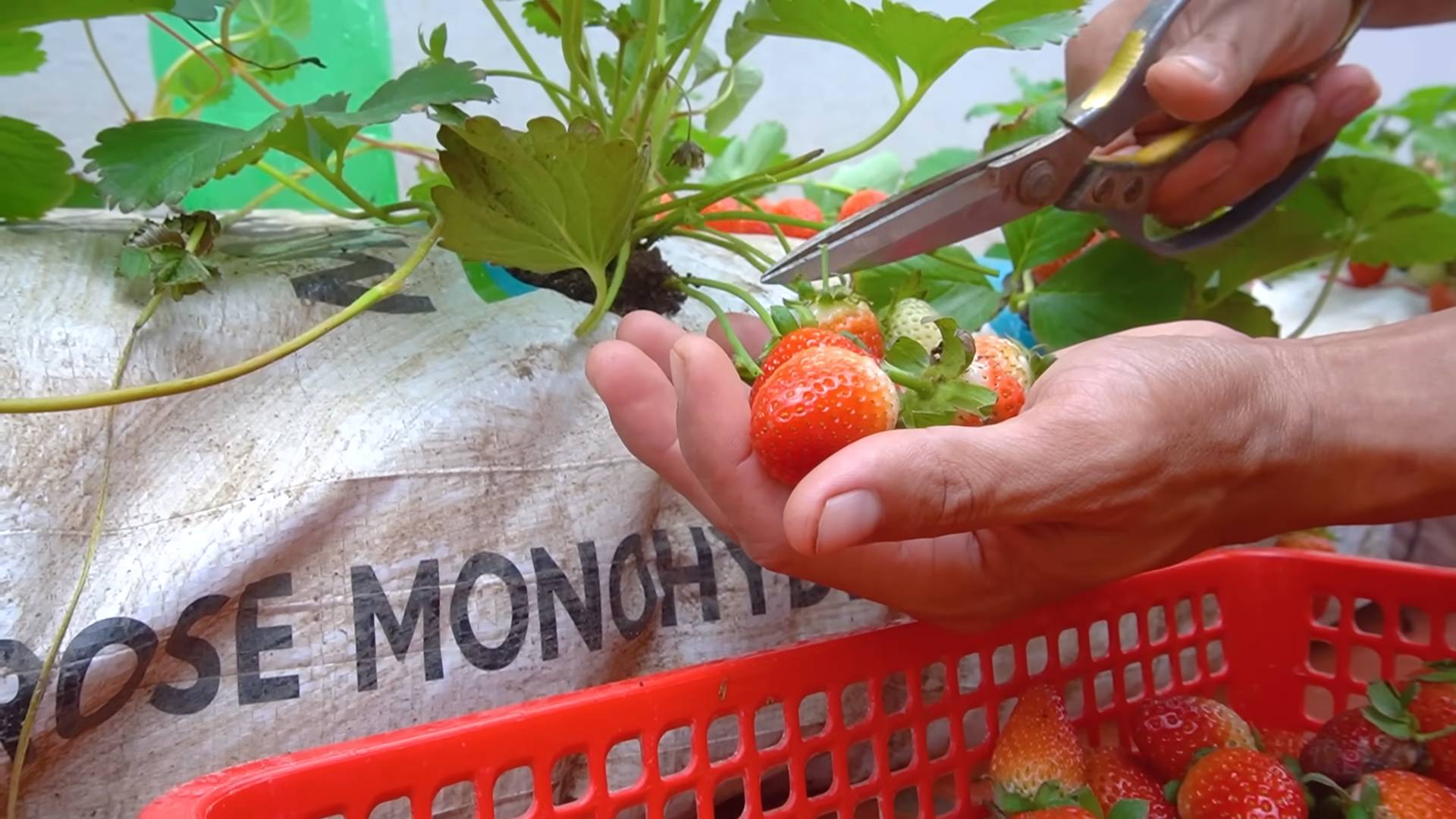
Grow Your Own Delicious Strawberries: A DIY Guide
Hey there, fellow gardening enthusiasts! I’m so excited to share my tried-and-true method for growing juicy, delicious strawberries right at home. Forget those bland, store-bought berries – nothing beats the taste of homegrown! This guide will walk you through everything you need to know, from choosing the right variety to harvesting your sweet rewards. Let’s get started!
Choosing Your Strawberry Variety
Before we dive into the nitty-gritty, let’s talk about strawberry varieties. There are three main types, and each has its own unique characteristics:
* **June-Bearing:** These strawberries produce one large crop of berries, usually in late spring or early summer (hence the name!). They’re great if you want a big harvest all at once for making jam or freezing. Popular June-bearing varieties include ‘Chandler,’ ‘Honeoye,’ and ‘Earliglow.’
* **Everbearing:** Don’t let the name fool you – everbearing strawberries don’t produce fruit continuously. Instead, they typically have two or three harvests: one in the spring, one in the summer, and sometimes another in the fall. They’re a good choice if you want a more extended harvest season. Some popular everbearing varieties are ‘Ozark Beauty,’ ‘Seascape,’ and ‘Albion.’
* **Day-Neutral:** These strawberries are the most consistent producers, yielding fruit throughout the growing season as long as temperatures are moderate. They’re less sensitive to day length than June-bearing or everbearing varieties. ‘Tristar,’ ‘Seascape,’ and ‘Albion’ (yes, it’s also an everbearing!) are excellent day-neutral choices.
My recommendation? If you’re a beginner, I suggest starting with day-neutral or everbearing varieties. They’re a bit more forgiving and offer a longer harvest period.
Preparing Your Strawberry Patch
Strawberries need a sunny spot and well-drained soil to thrive. Here’s how to get your garden ready:
* **Sunlight:** Strawberries need at least 6-8 hours of direct sunlight per day. Choose a location that gets plenty of sunshine.
* **Soil:** Strawberries prefer slightly acidic soil with a pH between 5.5 and 6.8. If your soil is heavy clay or sandy, amend it with compost or other organic matter to improve drainage and fertility.
* **Weed Control:** Clear the area of all weeds. Strawberries don’t compete well with weeds, so it’s important to start with a clean slate.
* **Soil Testing:** I highly recommend testing your soil before planting. You can purchase a soil testing kit at your local garden center or send a sample to your local agricultural extension office. This will tell you the pH of your soil and whether it’s lacking any essential nutrients.
Planting Your Strawberries
Now for the fun part – planting! You can plant strawberries in the spring or fall, depending on your climate. Spring planting is generally recommended in colder regions, while fall planting is better in warmer areas.
Here’s a step-by-step guide:
1. **Prepare the Planting Bed:** Dig holes that are wide enough to accommodate the strawberry plant’s root ball. Space the plants about 12-18 inches apart in rows that are 2-3 feet apart.
2. **Planting Depth:** This is crucial! Make sure the crown of the plant (the point where the roots meet the stem) is level with the soil surface. Planting too deep can cause the crown to rot, while planting too shallow can dry out the roots.
3. **Spread the Roots:** Gently spread the roots out in the hole before covering them with soil.
4. **Water Thoroughly:** After planting, water the strawberries thoroughly to help settle the soil around the roots.
5. **Mulch:** Apply a layer of mulch around the plants to help retain moisture, suppress weeds, and keep the berries clean. Straw, pine needles, or wood chips are all good options.
Caring for Your Strawberry Plants
Once your strawberries are planted, it’s important to provide them with the care they need to thrive.
* **Watering:** Strawberries need consistent moisture, especially during fruit production. Water deeply whenever the top inch of soil feels dry. Avoid overhead watering, as this can promote fungal diseases. Drip irrigation is ideal.
* **Fertilizing:** Fertilize your strawberries in the spring with a balanced fertilizer, such as 10-10-10. Follow the instructions on the fertilizer package. Avoid over-fertilizing, as this can lead to excessive foliage growth and fewer berries.
* **Weed Control:** Keep the area around your strawberries free of weeds. Hand-pull weeds regularly or use a hoe to cultivate the soil.
* **Pest and Disease Control:** Strawberries can be susceptible to various pests and diseases, such as aphids, spider mites, and fungal diseases. Inspect your plants regularly for signs of problems. If you notice any pests or diseases, treat them promptly with an appropriate insecticide or fungicide. I prefer using organic options whenever possible. Neem oil is a great all-purpose solution.
* **Runner Management:** June-bearing strawberries produce runners (stems that grow horizontally and develop new plants). If you want to maximize fruit production, pinch off the runners as they appear. Everbearing and day-neutral strawberries also produce runners, but you don’t need to remove them as diligently.
Protecting Your Berries
One of the biggest challenges of growing strawberries is protecting them from birds and other critters. Here are a few tips:
* **Netting:** Cover your strawberry plants with netting to keep birds from eating the berries. Make sure the netting is securely anchored to the ground so that birds can’t get underneath it.
* **Scarecrows:** Scarecrows can be effective at deterring birds, but they need to be moved around regularly to prevent the birds from getting used to them.
* **Shiny Objects:** Hang shiny objects, such as aluminum pie plates or CDs, near your strawberry plants. The reflective surfaces will scare away birds.
* **Companion Planting:** Plant herbs like rosemary or thyme near your strawberries. Their strong scent can help deter some pests.
Harvesting Your Strawberries
The moment you’ve been waiting for! Strawberries are usually ready to harvest about 30 days after they bloom.
Here’s how to tell when they’re ripe:
* **Color:** The berries should be a deep, even red color.
* **Texture:** The berries should be slightly soft to the touch.
* **Stem:** The stem should easily separate from the plant.
Harvesting Tips:
* Harvest strawberries in the morning, after the dew has dried.
* Gently twist or cut the stem of the berry, leaving a small piece of stem attached.
* Handle the berries carefully to avoid bruising them.
* Store the berries in the refrigerator for up to a week.
Extending the Strawberry Season
Want to enjoy fresh strawberries for even longer? Here are a few tips:
* **Succession Planting:** Plant different varieties of strawberries that ripen at different times. This will extend your harvest season.
* **Cold Frames:** Use cold frames to protect your strawberry plants from frost in the spring and fall. This will allow you to start harvesting earlier and continue harvesting later in the season.
* **Row Covers:** Use row covers to protect your strawberry plants from frost and pests. Row covers can also help to warm the soil, which can speed up ripening.
Troubleshooting Common Strawberry Problems
Even with the best care, you may encounter some problems when growing strawberries. Here are a few common issues and how to address them:
* **Small Berries:** Small berries can be caused by a variety of factors, including poor pollination, lack of water, and nutrient deficiencies. Make sure your strawberries are getting enough sunlight, water, and fertilizer. You can also try hand-pollinating the flowers with a small paintbrush.
* **Rotting Berries:** Rotting berries are often caused by fungal diseases. Improve air circulation around your plants by spacing them properly and removing any dead or diseased foliage. Avoid overhead watering and apply a fungicide if necessary.
* **Pest Infestations:** Aphids, spider mites, and other pests can damage strawberry plants. Inspect your plants regularly for signs of pests and treat them promptly with an appropriate insecticide.
* **Lack of Fruit:** If your strawberry plants are not producing fruit, it could be due to a lack of pollination, nutrient deficiencies, or improper planting depth. Make sure your plants are getting enough sunlight, water, and fertilizer. Check the planting depth to ensure that the crown of the plant is level with the soil surface.
Overwintering Your Strawberry Plants
In colder climates, it’s important to protect your strawberry plants from the winter cold. Here’s how to overwinter them:
1. **Clean Up:** Remove any dead or diseased foliage from around the plants.
2. **Mulch:** Apply a thick layer of mulch around the plants to insulate them from the cold. Straw, pine needles, or shredded leaves are all good options.
3. **Water:** Water the plants thoroughly before
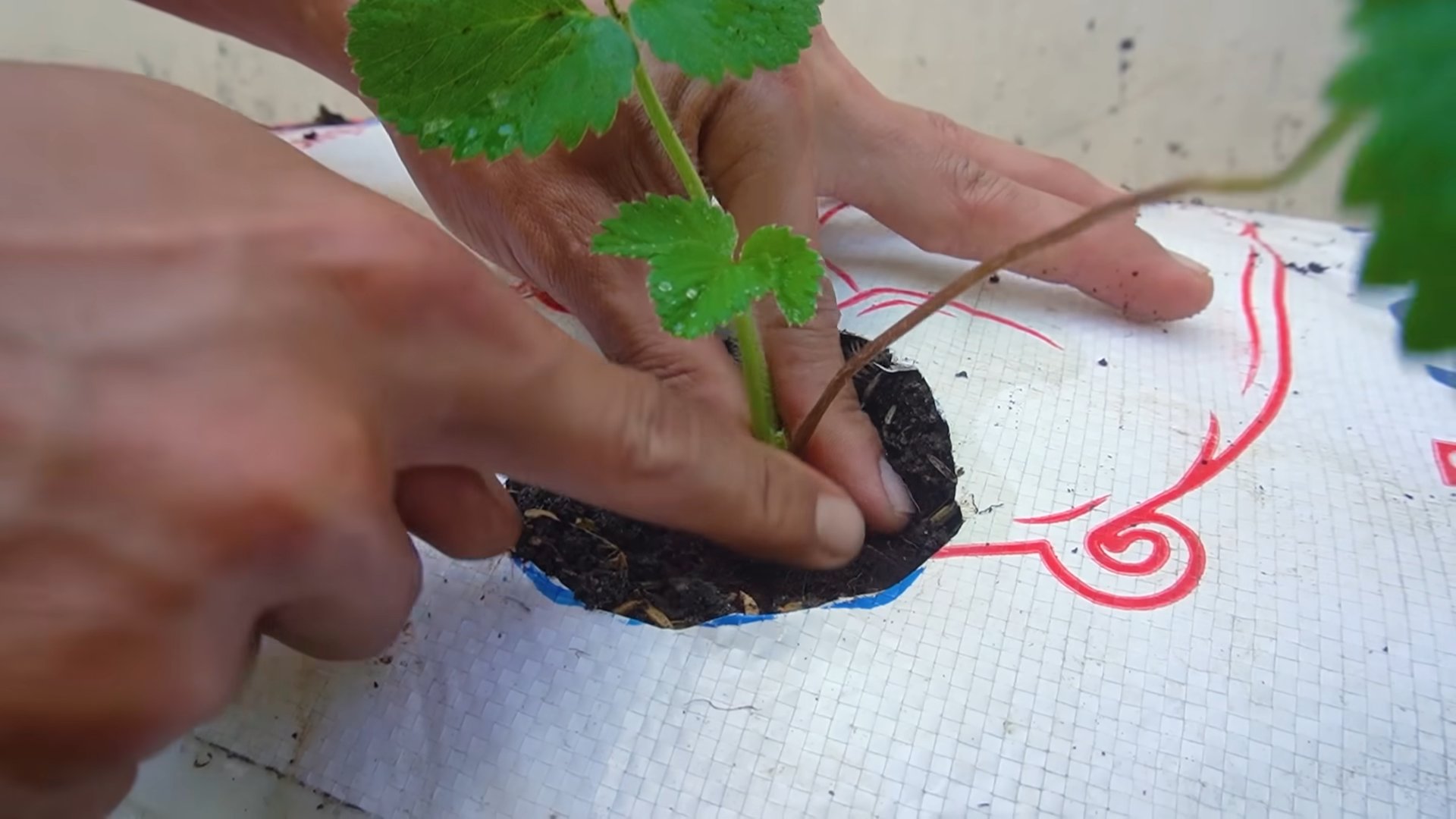
Conclusion
So, there you have it! Growing strawberries at home, especially using our simple DIY trick, is not just a gardening project; it’s an investment in fresh, flavorful, and healthy eating. Forget those bland, store-bought berries that lack the vibrant sweetness of homegrown fruit. With a little effort and our easy-to-follow method, you can transform your balcony, patio, or garden into a thriving strawberry patch, bursting with juicy red gems.
Why is this DIY trick a must-try? Because it simplifies the process, making it accessible to even the most novice gardeners. It maximizes space, allowing you to grow a surprising amount of strawberries in a relatively small area. And most importantly, it puts you in control of the entire growing process, ensuring that your strawberries are free from harmful pesticides and chemicals. You’ll know exactly what went into nurturing your plants, giving you peace of mind and a superior product.
But the beauty of this DIY approach lies in its adaptability. Feel free to experiment with different strawberry varieties to discover your personal favorites. Try everbearing varieties for a continuous harvest throughout the growing season, or opt for June-bearing varieties for a concentrated burst of flavor. Consider adding companion plants like basil or marigolds to deter pests and enhance the overall health of your strawberry plants. You can even get creative with your container choices, using repurposed materials like old tires or wooden pallets to add a touch of rustic charm to your garden.
Don’t be afraid to tweak the method to suit your specific needs and preferences. If you live in a particularly hot climate, provide extra shade during the hottest part of the day. If you’re prone to forgetfulness, set reminders to water your plants regularly. The key is to observe your strawberries, learn from your experiences, and adapt your approach accordingly.
We are confident that once you taste the difference between homegrown strawberries and store-bought ones, you’ll be hooked. The intense sweetness, the vibrant color, and the satisfying feeling of harvesting your own fruit are simply unmatched. This DIY project is more than just a way to grow strawberries; it’s a way to connect with nature, to nourish your body, and to experience the simple joys of gardening.
So, what are you waiting for? Gather your supplies, follow our instructions, and embark on your own strawberry-growing adventure. We encourage you to try this DIY trick and share your experiences with us. Post photos of your strawberry plants, share your tips and tricks, and let us know how our method worked for you. Together, we can create a community of strawberry enthusiasts, sharing our knowledge and inspiring others to grow their own delicious fruit. Happy growing!
Frequently Asked Questions (FAQ)
What is the best time of year to plant strawberries?
The best time to plant strawberries depends on your climate and the type of strawberry you’re growing. In general, early spring or late fall are ideal times. Planting in early spring allows the plants to establish themselves before the heat of summer, while planting in late fall allows them to develop strong root systems over the winter. For June-bearing varieties, early spring planting is often recommended. For everbearing and day-neutral varieties, you can plant them in spring or fall. Consider your local climate and growing conditions when making your decision.
What kind of soil is best for growing strawberries?
Strawberries thrive in well-drained, slightly acidic soil with a pH between 5.5 and 6.5. The soil should be rich in organic matter to provide essential nutrients and improve drainage. Before planting, amend the soil with compost, aged manure, or other organic materials to improve its fertility and structure. Avoid heavy clay soils, as they can retain too much moisture and lead to root rot. If you have clay soil, consider growing your strawberries in raised beds or containers with a well-draining potting mix.
How often should I water my strawberry plants?
Strawberry plants need consistent moisture, especially during fruit development. Water deeply and regularly, aiming to keep the soil consistently moist but not waterlogged. The frequency of watering will depend on the weather, soil type, and the size of your plants. In general, water your strawberries every few days, or more often during hot, dry periods. Check the soil moisture by sticking your finger into the soil; if it feels dry to the touch, it’s time to water. Avoid overhead watering, as it can promote fungal diseases. Instead, water at the base of the plants or use a soaker hose.
What are some common pests and diseases that affect strawberries, and how can I prevent them?
Strawberries are susceptible to a variety of pests and diseases, including aphids, spider mites, slugs, snails, gray mold, and powdery mildew. To prevent these problems, practice good garden hygiene, such as removing dead leaves and debris from around the plants. Encourage beneficial insects like ladybugs and lacewings, which prey on aphids and other pests. Use organic pest control methods, such as insecticidal soap or neem oil, to control infestations. To prevent fungal diseases, ensure good air circulation around the plants and avoid overhead watering. Consider using a copper-based fungicide as a preventative measure.
How do I fertilize my strawberry plants?
Strawberries benefit from regular fertilization to promote healthy growth and abundant fruit production. Use a balanced fertilizer specifically formulated for berries, or a general-purpose fertilizer with an NPK ratio of 10-10-10. Fertilize your strawberry plants in early spring, before they start to bloom, and again after the first harvest. Avoid over-fertilizing, as it can lead to excessive foliage growth and reduced fruit production. Follow the instructions on the fertilizer package for application rates. You can also amend the soil with compost or aged manure to provide a slow-release source of nutrients.
How do I protect my strawberries from birds and other animals?
Birds and other animals, such as squirrels and chipmunks, can be a major nuisance when growing strawberries. To protect your berries, cover your plants with netting or bird netting. You can also use scarecrows, reflective tape, or other deterrents to keep animals away. Consider planting your strawberries in a protected area, such as a fenced-in garden or a greenhouse. Regularly inspect your plants for signs of damage and take action to prevent further losses.
How do I overwinter my strawberry plants?
In colder climates, strawberry plants need protection during the winter months. After the first frost, mulch your plants with straw, pine needles, or other organic materials to insulate the roots and protect them from freezing temperatures. In very cold areas, you may need to cover your plants with a row cover or a cold frame. Remove the mulch in early spring, after the last frost, to allow the plants to start growing again.
How long does it take for strawberry plants to produce fruit?
The time it takes for strawberry plants to produce fruit depends on the variety and the planting time. June-bearing varieties typically produce fruit in the spring of the year following planting. Everbearing and day-neutral varieties may produce some fruit in the first year, but the main harvest will be in the second year. Be patient and provide your plants with proper care, and you’ll be rewarded with a bountiful harvest of delicious strawberries.

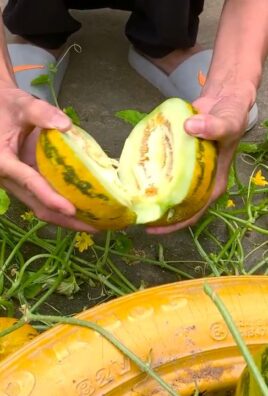
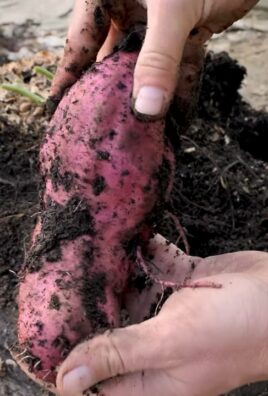
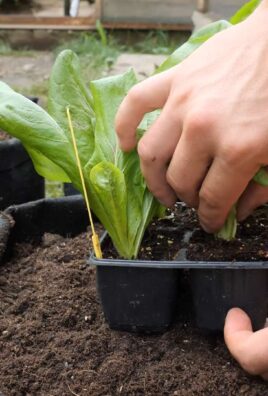
Leave a Comment